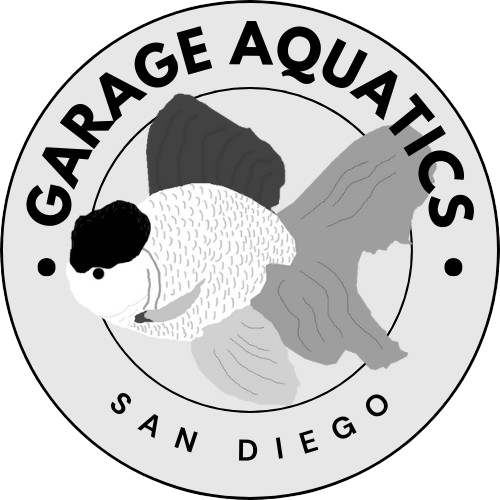Quarantine tanks are crucial for protecting the health of your main aquarium. They allow you to monitor and treat new fish for diseases or parasites before they join your main tank. Here’s how to set up and use a quarantine tank effectively.
Why a Quarantine Tank is Important
- Disease Prevention: New fish can carry diseases or parasites that could infect your entire aquarium.
- Stress Reduction: A separate tank helps reduce stress for new fish, allowing them to acclimate in a calm environment.
- Treatment: If new fish are sick, it’s easier to treat them in a quarantine tank without affecting your main tank.
Equipment Needed
- Tank: A 10-20 gallon tank is usually sufficient, depending on the size and number of fish.
- Filter: Use a sponge filter to provide biological filtration without creating strong currents.
- Heater: Maintain a stable temperature suited to the fish species.
- Cover: A lid or cover to prevent fish from jumping out.
- Hiding Places: PVC pipes or plastic plants to provide hiding spots for the fish.
Setting Up the Quarantine Tank
- Fill the Tank: Use dechlorinated water at the same temperature and pH as your main tank.
- Install Equipment: Set up the filter, heater, and any other necessary equipment.
- Cycle the Tank: Run the tank for at least 24 hours to ensure everything is working correctly.
- Monitor Water Parameters: Regularly test ammonia, nitrite, and nitrate levels.
Using the Quarantine Tank
- Acclimation: Gradually acclimate new fish to the quarantine tank water.
- Observation: Monitor the fish for at least 2-4 weeks for any signs of disease or stress.
- Treatment: Treat any diseases or parasites as needed using appropriate medications.
- Introduction to Main Tank: Once the fish are healthy and acclimated, gradually introduce them to the main aquarium.
Conclusion
Setting up a quarantine tank is a vital step in ensuring the health of your aquarium. By following these guidelines, you can protect your main tank and provide a safe environment for new fish.

Share:
New Goldfish Acclimation Guide
Essential Aquarium Maintenance Tips for Healthy Fish